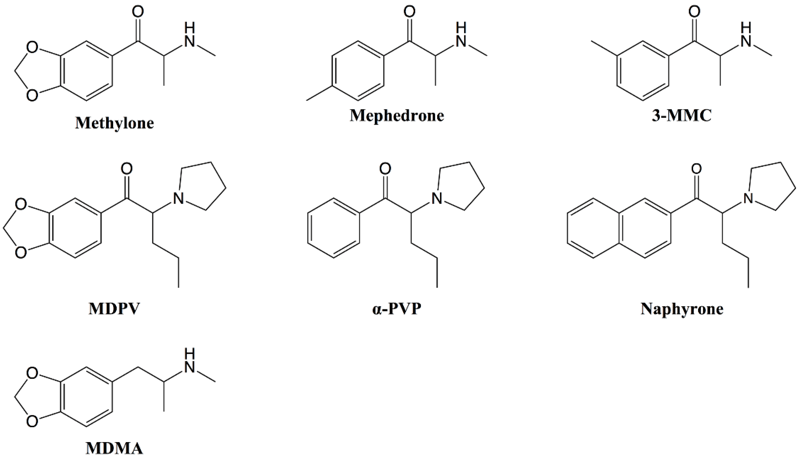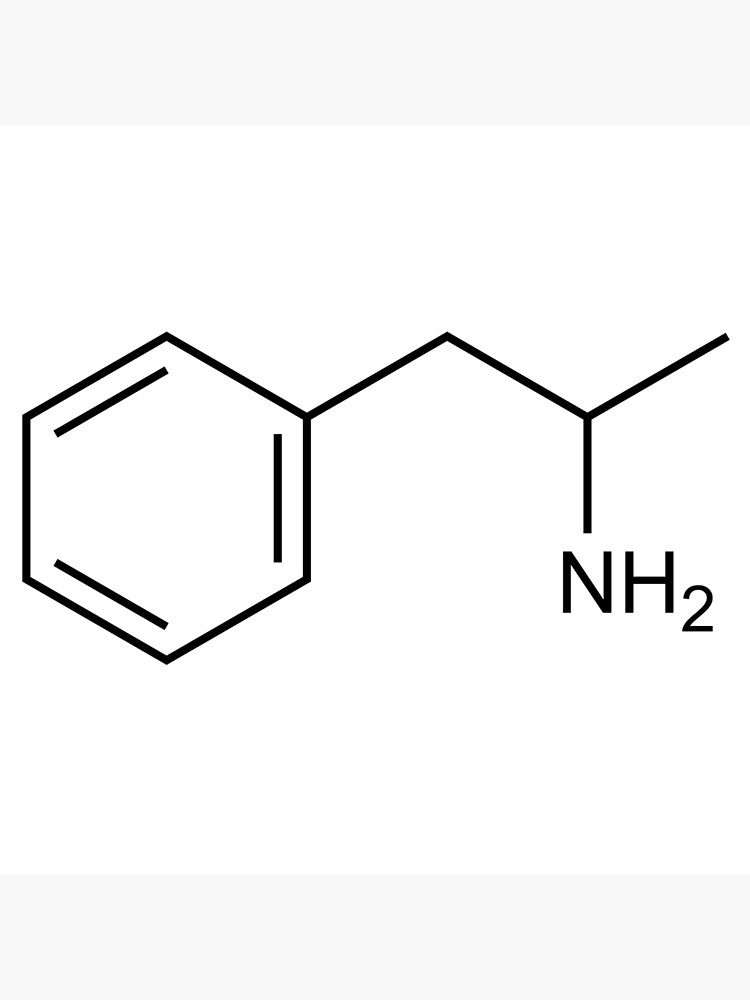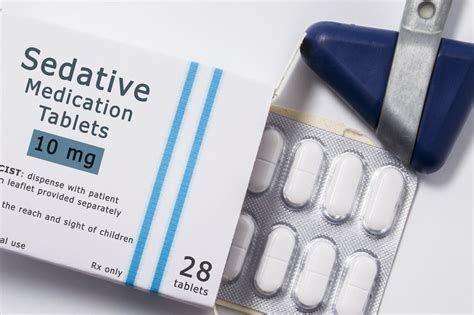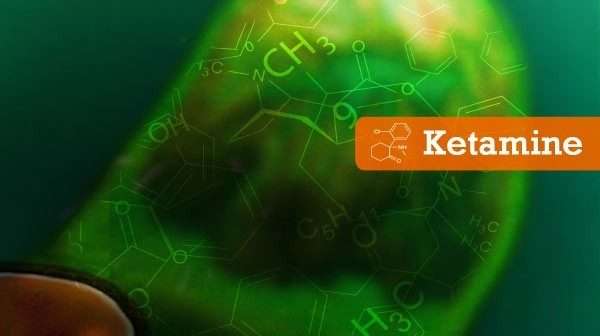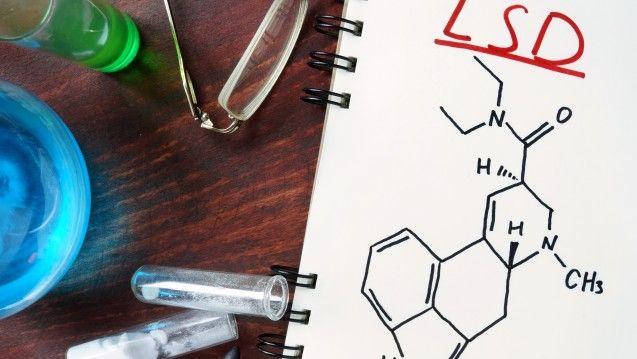Synthetic Cathinones
Structurally, synthetic cathinones are beta-ketophenitylamines similar to amphetamines/catecholamines, with minor structural changes that alter chemical properties, effects, pharmacokinetics, and pharmacodynamics. The popularity of synthetic cathinones among consumers is due to the small amount of “pure cocaine” on the shadow market, its cost, as well as legal problems associated with the use and purchase of cocaine.Read More

